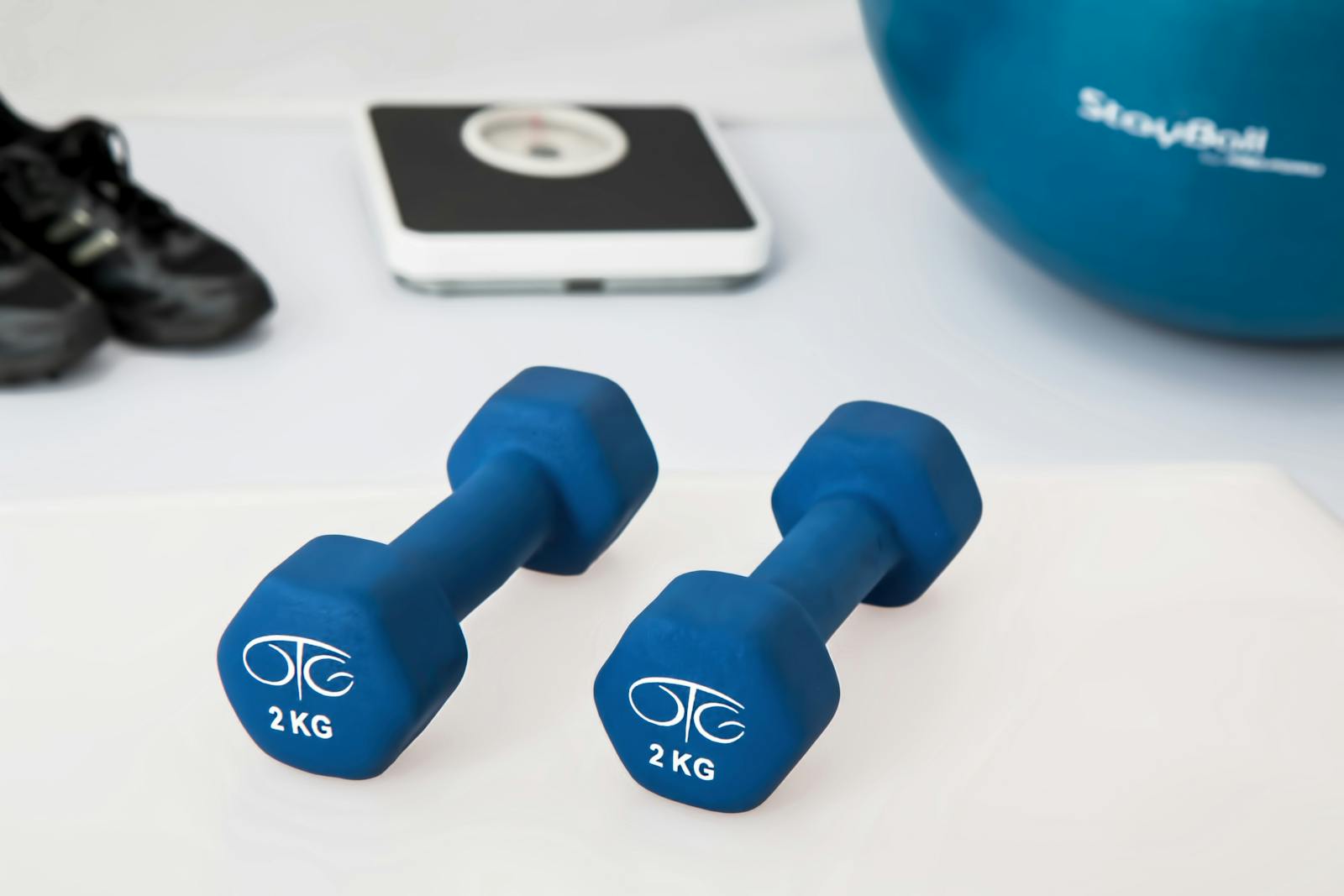In the modern world, the intersection of technology and fitness has transformed how individuals approach their health and wellness. Imagine Sarah, a busy professional who struggles to find time for exercise amidst her hectic schedule. One day, she discovers a fitness app that not only tracks her workouts but also provides personalized coaching based on her activity levels. This revelation sparks a journey where technology becomes her ally in achieving fitness goals. This narrative reflects a broader trend where smart devices and applications are revolutionizing personal fitness.
The Rise of Wearable Technology
Wearable devices, such as fitness trackers and smartwatches, have become integral to the fitness landscape. These gadgets provide real-time data on various health metrics, including heart rate, steps taken, calories burned, and even sleep patterns. The data collected helps users understand their physical activity levels and make informed decisions about their health. For instance, many devices now feature heart rate monitoring, which allows users to optimize their workouts by maintaining their heart rate within specific zones for maximum efficiency.Additionally, wearables often integrate with mobile applications to offer a comprehensive view of one’s fitness journey. These apps can analyze data over time, providing insights into progress and areas for improvement. The combination of wearable technology and mobile apps creates a feedback loop that encourages users to stay active and engaged with their fitness routines.
Personalized Fitness Experiences through Apps
Fitness apps have evolved significantly, leveraging advanced technologies like artificial intelligence (AI) to offer hyper-personalized experiences. These applications can analyze user data to create tailored workout plans that align with individual goals, whether it’s weight loss, muscle gain, or improved endurance. AI-driven insights enable users to receive customized recommendations for exercises, dietary adjustments, and recovery strategies based on their unique fitness profiles.Moreover, many apps incorporate gamification elements—such as challenges, rewards, and social sharing features—that enhance motivation and accountability. Users can participate in virtual challenges with friends or join global communities, fostering a sense of belonging while pursuing their fitness goals.
Real-Time Feedback and Form Analysis
One of the most exciting advancements in fitness technology is the ability to provide real-time feedback on exercise form and technique. Utilizing computer vision and motion-tracking technologies, certain apps can analyze users’ movements during workouts. This capability allows for immediate corrections to posture or technique, reducing the risk of injury while enhancing workout effectiveness. For example, if a user performs a squat incorrectly, the app can provide instant feedback to help them adjust their form.This real-time analysis not only promotes safer workouts but also aids in tracking progress over time. Users can visualize improvements in their form and performance metrics through detailed reports generated by these applications.
Immersive Training Experiences with VR/AR
The integration of virtual reality (VR) and augmented reality (AR) into fitness is another groundbreaking trend. These technologies create immersive training environments that make workouts more engaging and enjoyable. For instance, VR fitness games allow users to explore virtual landscapes while exercising, turning mundane routines into thrilling adventures. This immersive experience can significantly enhance motivation and adherence to workout regimens.AR applications can overlay digital information onto the real world, offering visual cues during workouts or guiding users through complex exercises. This interactive approach not only makes exercising more fun but also helps users maintain proper form by providing real-time guidance.

Conclusion: The Future of Fitness Technology
As technology continues to advance, its role in fitness will only grow more significant. From wearable devices that track health metrics to intelligent apps that offer personalized coaching and immersive training experiences, these innovations empower individuals to take control of their health journeys. Sarah’s story is just one example of how technology can transform lives by making fitness more accessible, engaging, and effective.In conclusion, the integration of smart devices into fitness routines represents a paradigm shift in how we approach health and wellness. By harnessing the power of technology—through wearables, AI-driven apps, real-time feedback systems, and immersive experiences—users can achieve their fitness goals more effectively than ever before. As we look ahead, it is clear that the future of fitness will be shaped by the ongoing evolution of technology and its application in our daily lives.







Leave a Reply